(NLDO) - NASA has just released an amazing image that the Mars Reconnaissance Orbiter (MRO) captured of this seemingly quiet world.
According to NASA, the image, which looks like a tangled, spooky spider web, is a synthesis of what MRO captured of the "dust devil" on Mars, which "killed" the life-hunting robot Opportunity in 2019 or the seismic probe robot InSight in 2022.
"Dust devils" are violent red dust tornadoes that swirl across the planet's surface, bringing huge amounts of dust to cover everything, including the solar arrays of the two NASA warriors mentioned above.
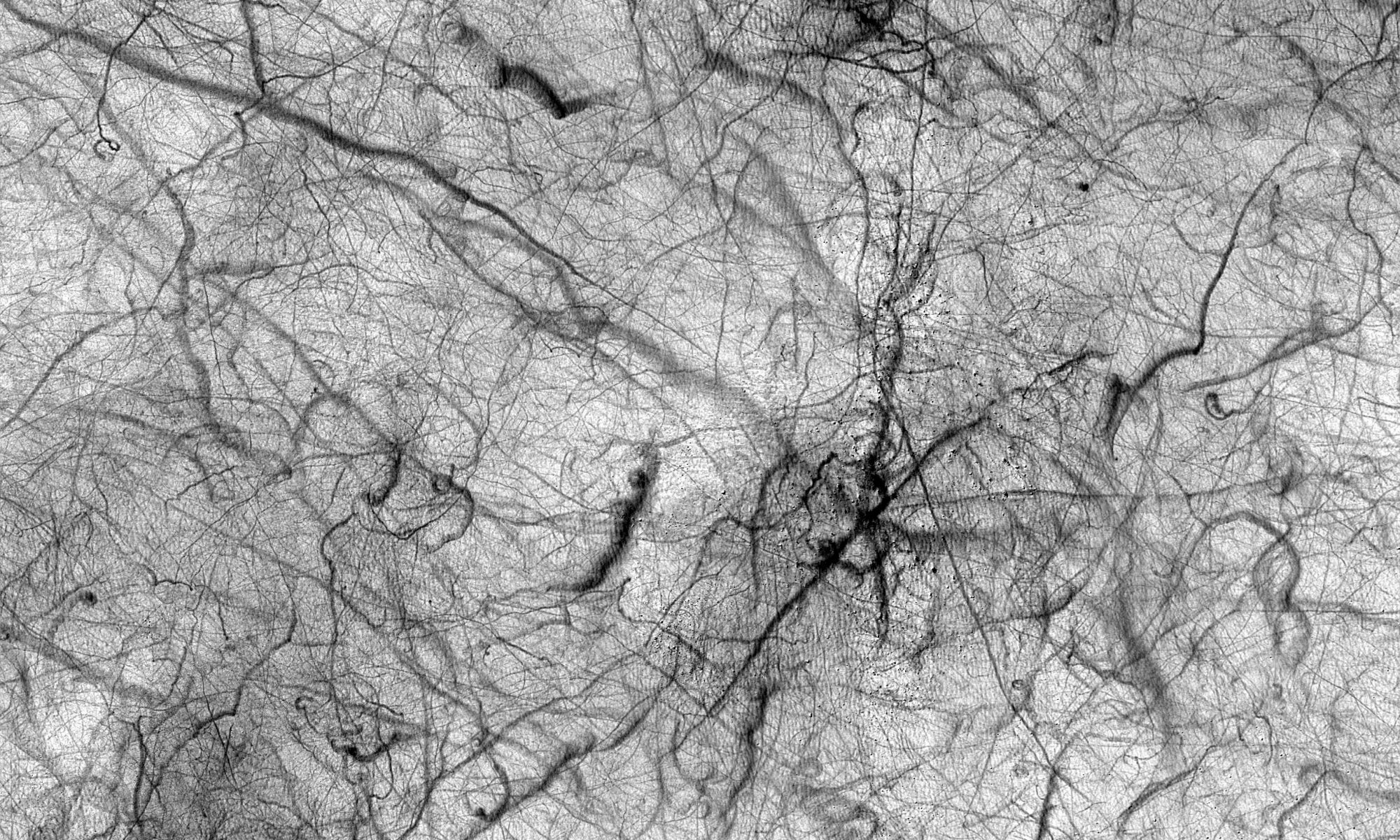
Composite image of "dust devil" just released by NASA - Photo: NASA
Still, these terrifying dust storms can help scientists understand processes occurring in Mars' atmosphere, by measuring the amount of dust that accumulates on devices that are still communicating, such as the Ingenuity helicopter robot.
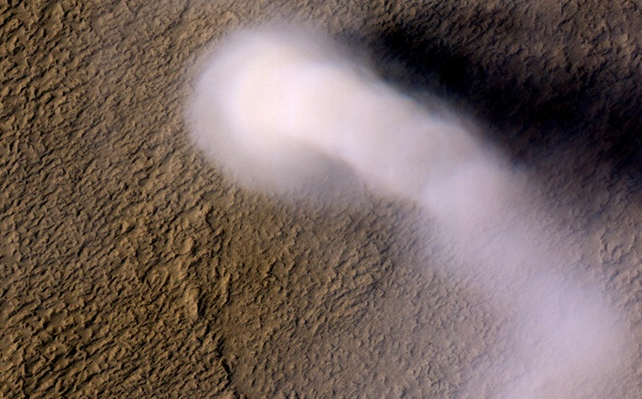
A dust tornado captured earlier by MRO - Photo: NASA
Mars - the fourth planet from the Sun, is often called the "red planet" because of the red color produced by iron oxide in its soil.
Its thin atmosphere, composed mainly of carbon dioxide, contributes to a cold climate with an average temperature of about -60 °C.
The surface of Mars has plains, volcanoes - the most massive of which is Olympus Mons - and the vast canyon system Valles Marineris.
Geological evidence suggests that Mars once had liquid water and a thicker atmosphere, enough for it to harbor life.
Despite its thinness, the planet's atmosphere remains active, with "dust devils" considered the most fascinating phenomenon.
Dust cyclones are created when a surface heats up and causes warm air to rise rapidly, drawing dust particles into a rotating column.
They can range in size from small, harmless tornadoes to giant, kilometer-wide tornadoes that can last for hours.
For Mars, these tornadoes help redistribute dust across the planet's surface, driving weather patterns and even climate.
The newly released image is part of data that scientists from NASA's Jet Propulsion Laboratory (JPL) are using to study the rate at which dust settles over time.
This will help them design safety measures for future missions, from life-hunting robots to manned ships or, more ambitiously, an alien base.
Currently on the red planet, in addition to the MRO orbiting, there are two active ground ships, Curiosity and the Perseverance robot, both of which are self-propelled robots similar to the "late" Opportunity, but run on nuclear energy.
Source: https://nld.com.vn/nasa-tung-anh-the-luc-da-ha-guc-robot-san-su-song-196250107113832919.htm


![[Photo] National Assembly Chairman Tran Thanh Man attends the ceremony to celebrate the 1015th anniversary of King Ly Thai To's coronation](https://vstatic.vietnam.vn/vietnam/resource/IMAGE/2025/4/13/6d642c7b8ab34ccc8c769a9ebc02346b)


![[Photo] Prime Minister Pham Minh Chinh chairs the Government's special meeting on law-making in April](https://vstatic.vietnam.vn/vietnam/resource/IMAGE/2025/4/13/8b2071d47adc4c22ac3a9534d12ddc17)

![[Photo] National Assembly Chairman Tran Thanh Man attends the Policy Forum on Science, Technology, Innovation and Digital Transformation](https://vstatic.vietnam.vn/vietnam/resource/IMAGE/2025/4/13/c0aec4d2b3ee45adb4c2a769796be1fd)
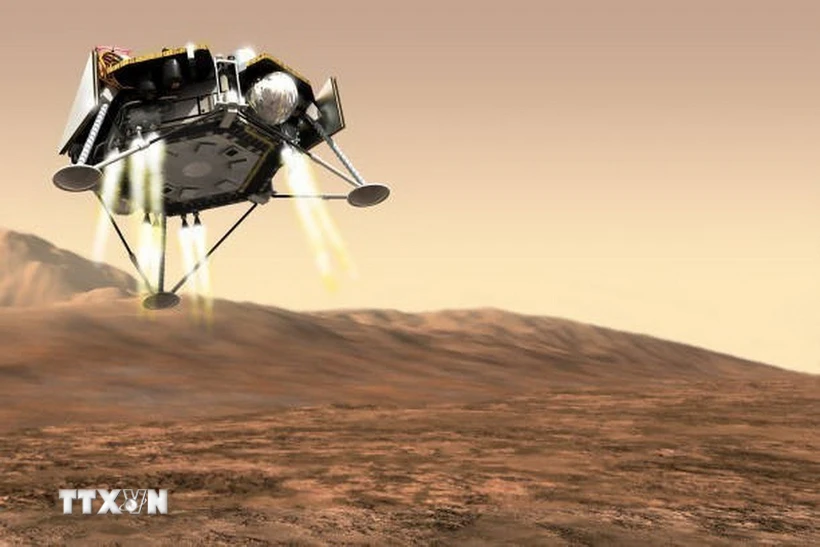

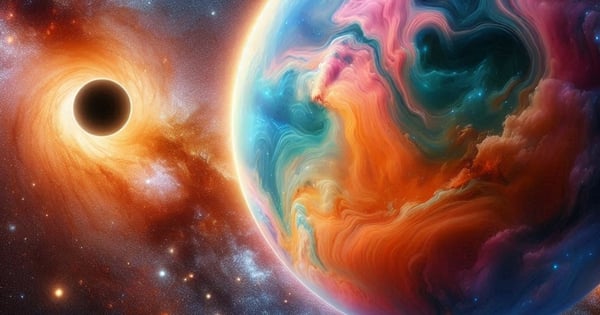
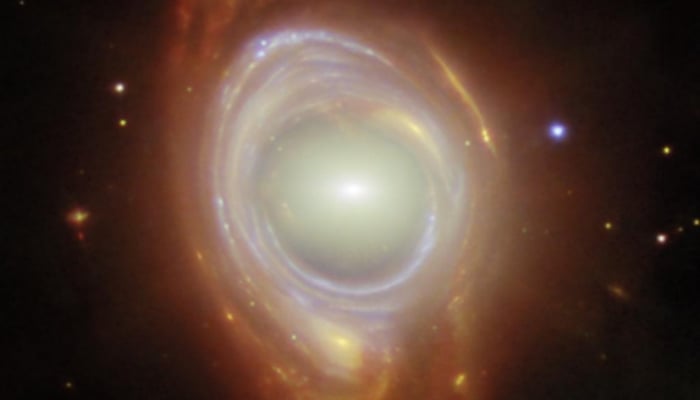

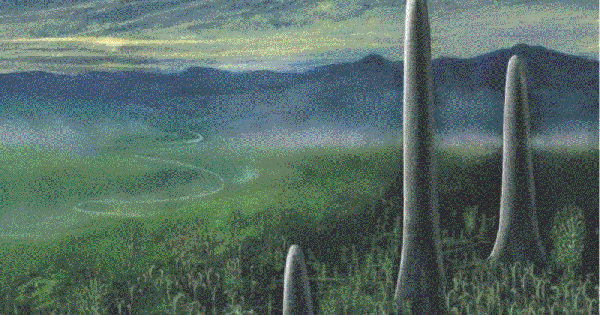
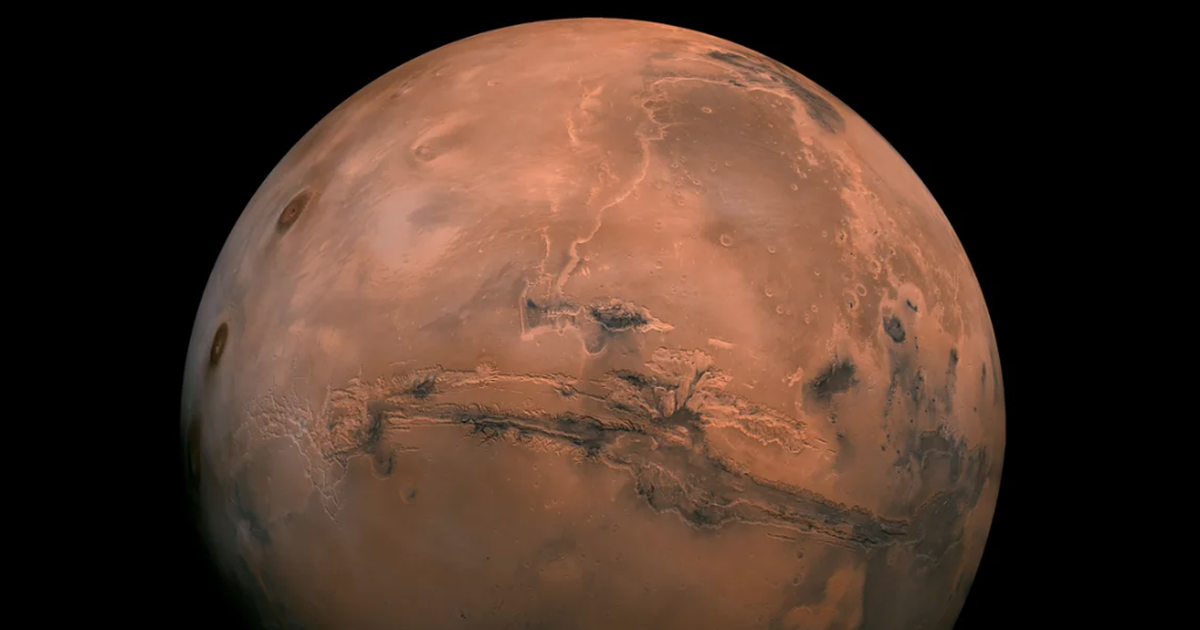

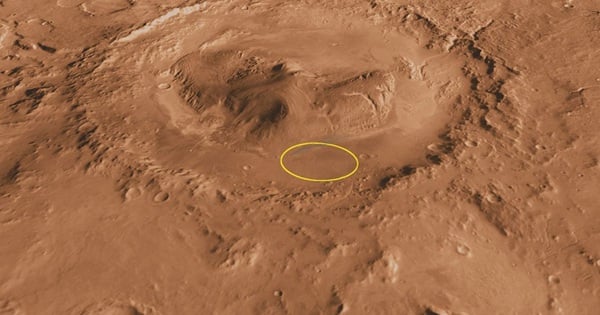

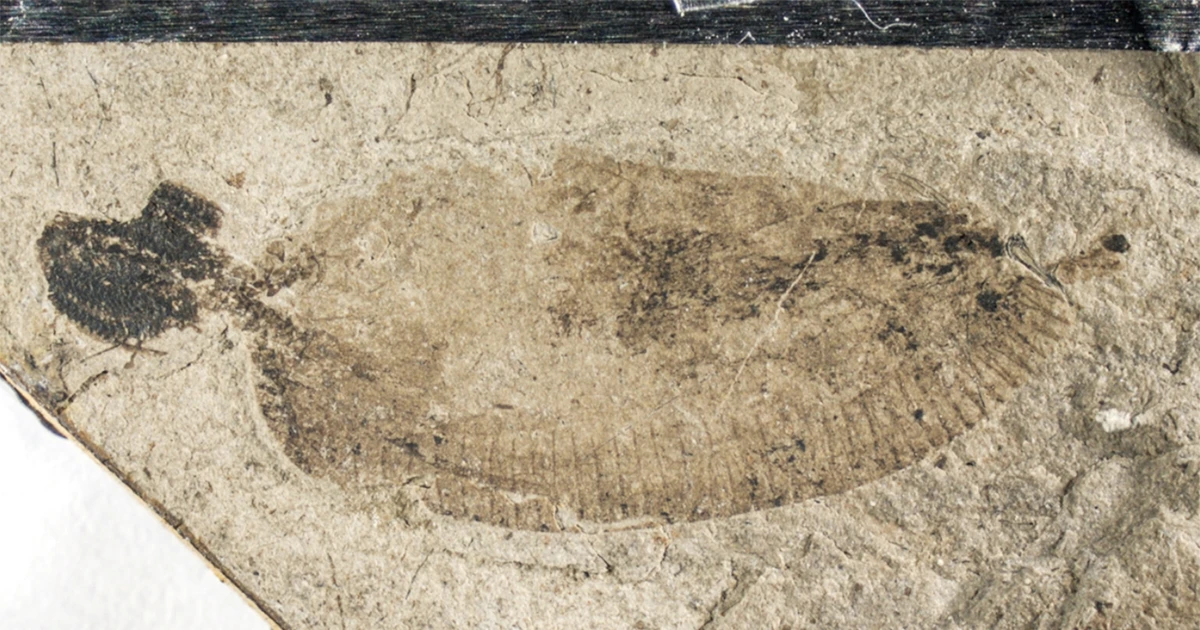


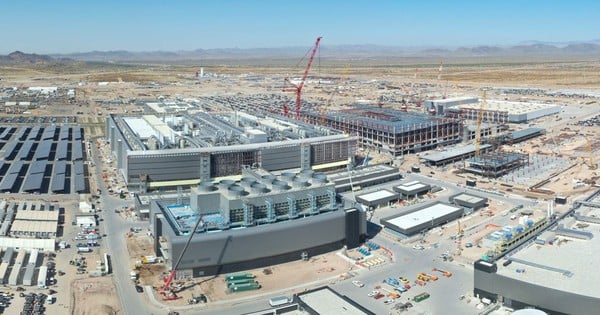
















































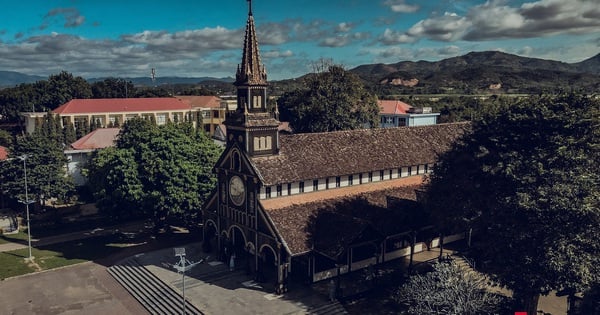
























Comment (0)